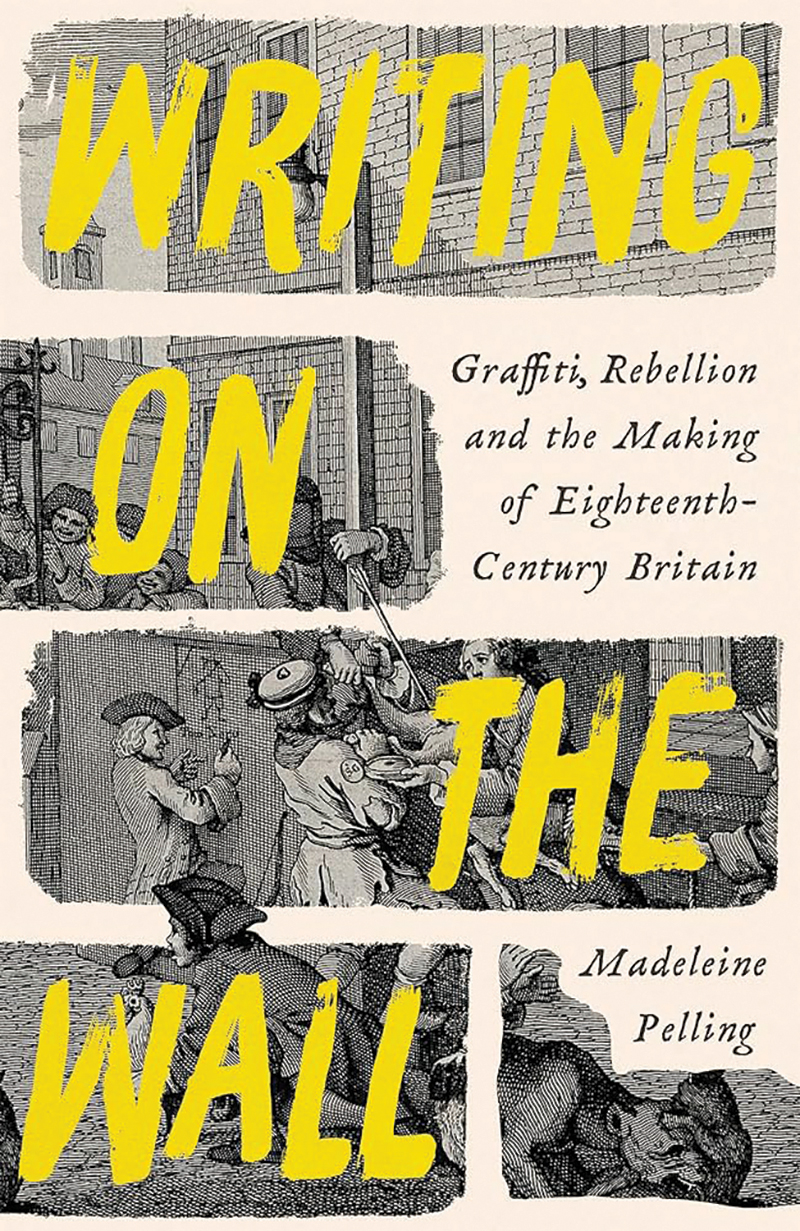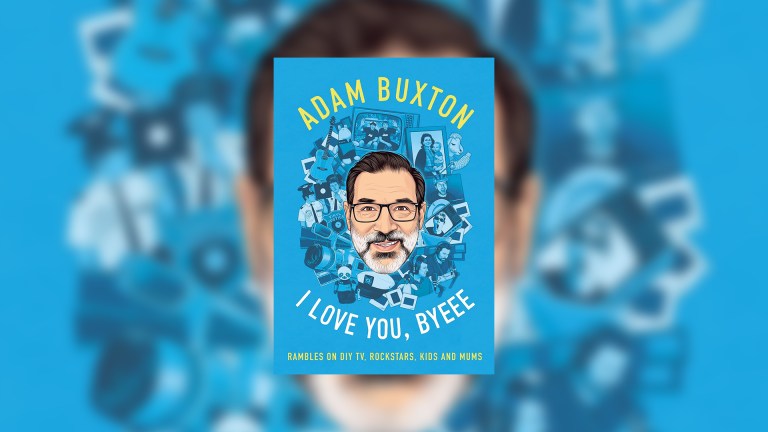What can graffiti tell us about the past? When we pass it on our streets today, we might be forgiven for thinking it is a modern phenomenon. From provocative works by Banksy to spray-painted pro-Palestinian messages, it’s rarely out of our news cycle. But writing on the wall is nothing new. In fact, for most of human history, almost everyone took to the surfaces around them – from cave walls to tavern windows – to have their say.
In medieval Britain, graffitists would carve into the stone walls of churches as well as their homes, leaving behind crosses, depictions of ships, weapons and tools, all intended as prayers asking God to bless their endeavours. Then there were hexafoils, or daisy wheels – ornate patterns thought to ward off evil spirits and keep out the devil. Many of these surviving marks give us unique insights into the ideas and fears that drove our ancestors’ daily lives.
But it was in the 18th century that graffiti became the powerful, troublesome media we recognise today. This was a turbulent period, overshadowed by revolution in America and France. At home, Britain’s streets teemed with merchants, servants, newspaper sellers, ballad singers, drunks, politicians and the homeless – all eager to speak out in a fast-changing world. In this tinderbox, graffiti – gossip, slander, jokes, porn-ography, proclamations, calls to arms – had never been so powerful. It could inform and spread ideas, incite violence, entertain and annoy.
Get the latest news and insight into how the Big Issue magazine is made by signing up for the Inside Big Issue newsletter
Some even made it onto the page, written down by Georgians whose curiosity was piqued by the scribblings they saw. In 1731, a bestselling book, The Merry-Thought: or the Glass-Window and Bog-House Miscellany, published some of London’s most bawdy graffiti, spotted by its anonymous author everywhere from the royal court to the local privy.
Outside a Chancery Lane brothel, for example, we hear from one disgruntled customer complaining in chalk, “Here did I lay my Celia down/I got the P-x, and she got half a Crown.” Sex workers often answered in kind: “I became all Things to all Men to gain some/or I must have starved.”











